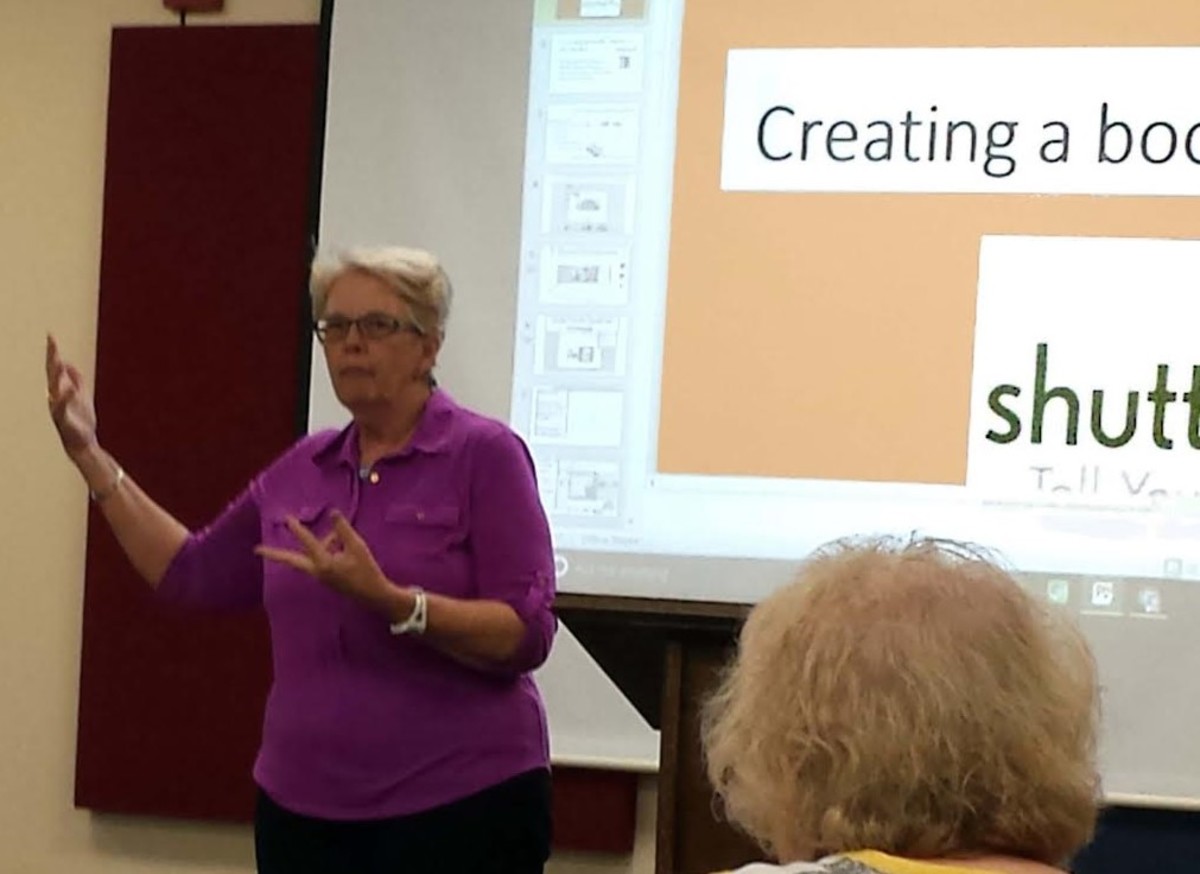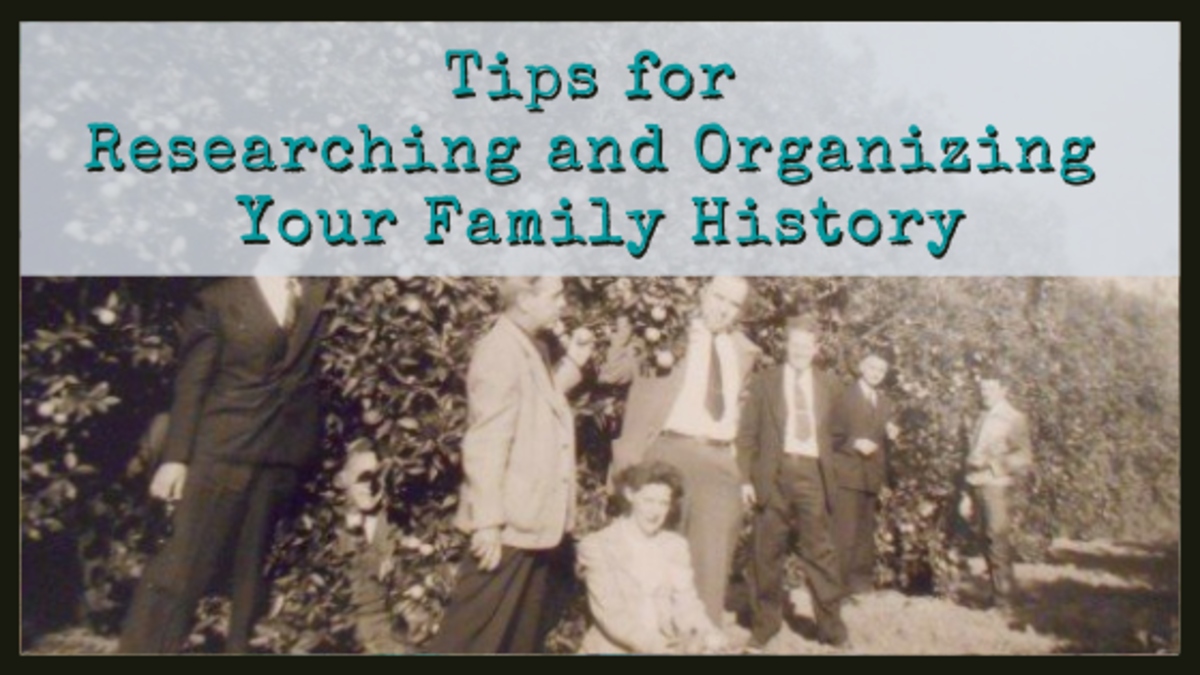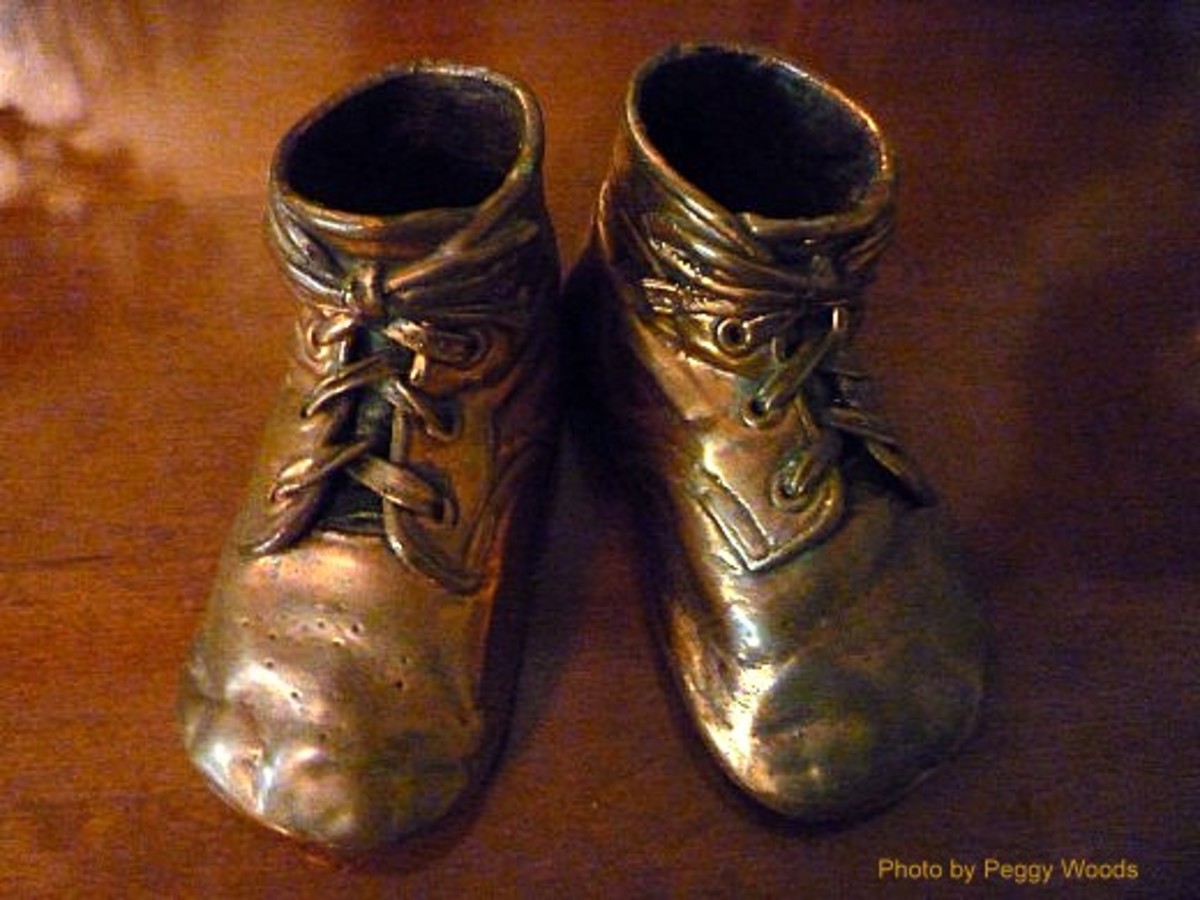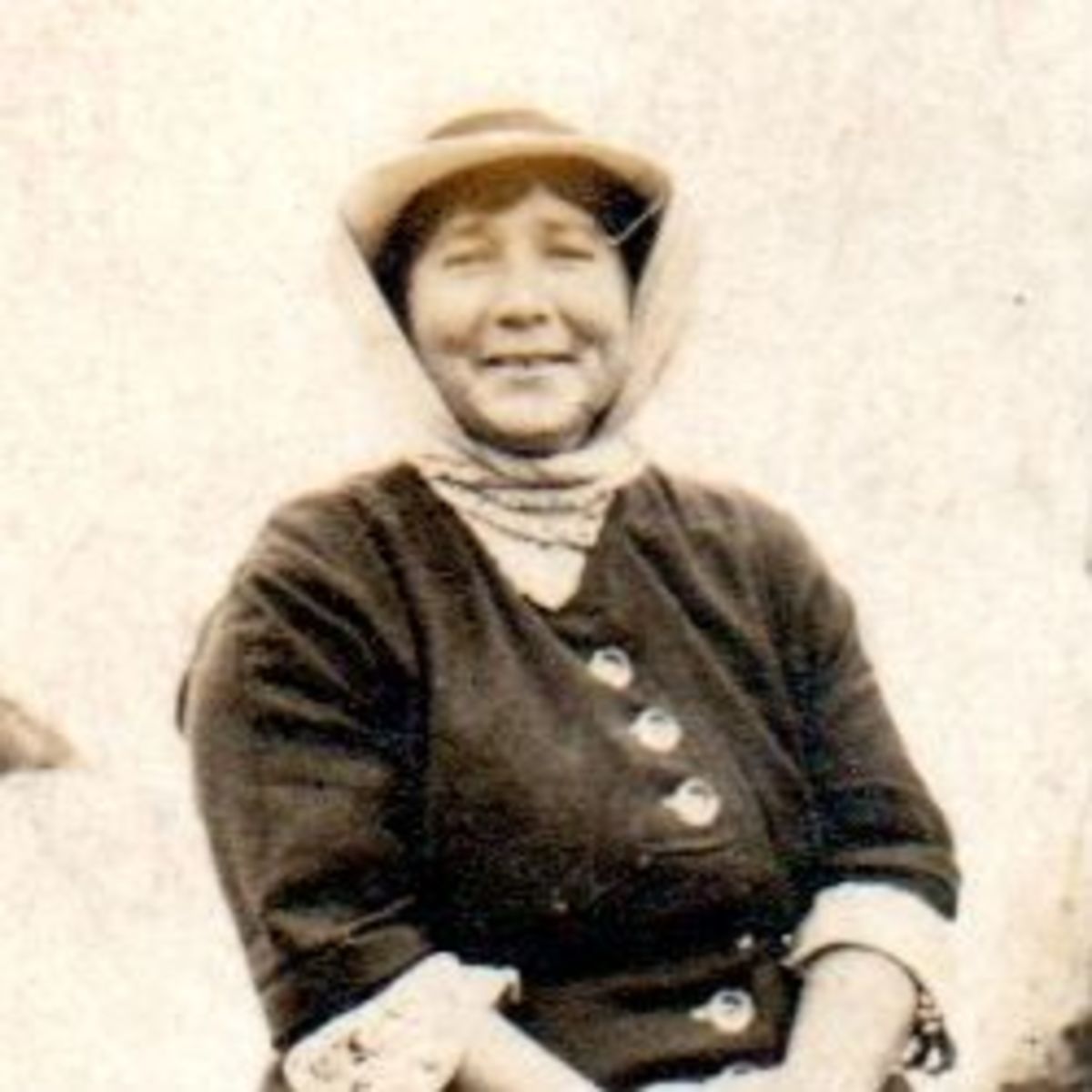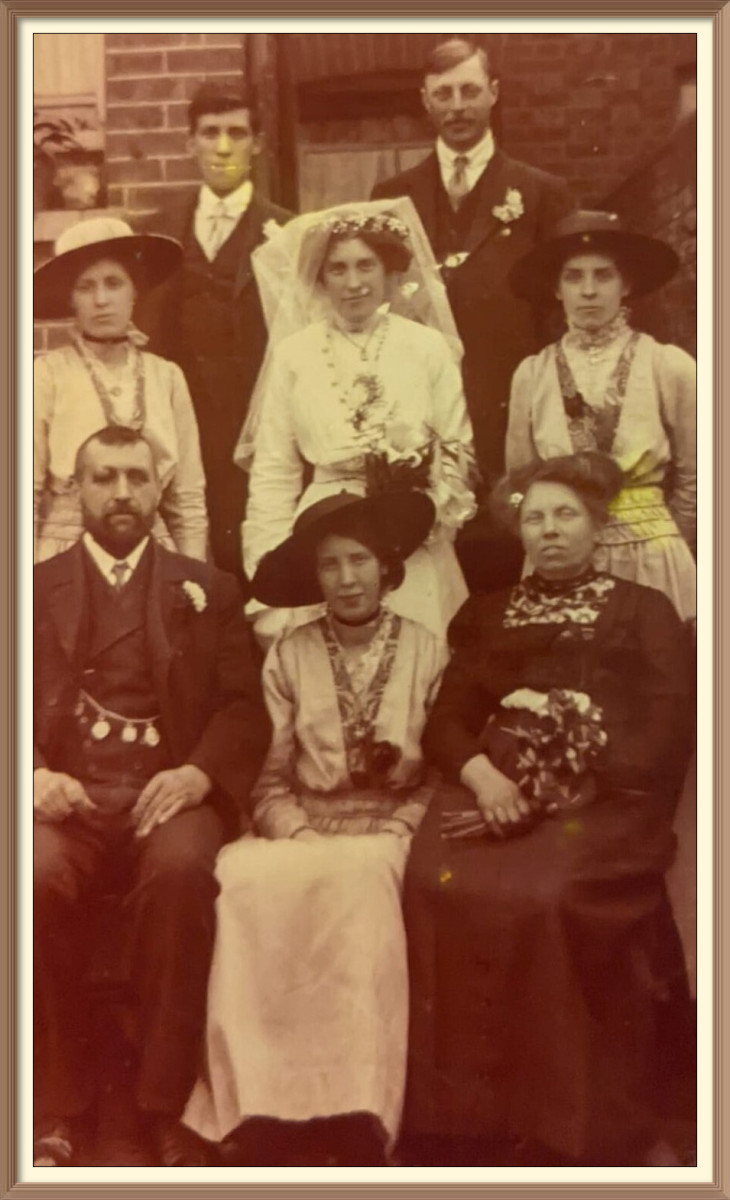Irish Ancestry - Beginning the Search for Your Irish Ancestors

Since the beginning of the 18th century nearly ten million Irish have emigrated overseas. Of that ten million, almost half went to the United States, the majority of the others going to the United Kingdom, Canada and Australia and New Zealand. Some of them ventured farther south to Brazil, Argentina and Mexico, and even South Africa. An illuminating statistic as to the expanse of the Irish Diaspora is that in 1890, only sixty percent of the total world population of Irish were living in Ireland, the rest scattered abroad. This world-wide emigration of the Irish has led to nearly 80 million people around the world claiming Irish ancestry.
Irish genealogy has become increasingly popular, with many attempting to trace their Irish heritage back to their ancestors or relatives now living in the “Mother Country”. Many expect to find themselves related to the great Celtic chieftains and warlords of legend, only to be discouraged when they lose track of their lineage at an early stage. This article will seek to eliminate some of those elements of frustration by showing you how to begin tracing your Irish ancestry, and what to do if you get stuck.
Each of the important elements of a genealogical search will introduced and explained in this series of articles. I’ll show you what records to search, how to find them, and how to make the most of the information you’ll discover within. There are intricacies of a genealogical search, little “tricks” you might say, that I’ll teach you so that you are fully research-equipped and ready. Most of all, I'll show you how to have fun while undertaking a journey that can be as exasperating as it can be rewarding – a trip into the past to find your Irish ancestors.
Where and How to Begin
Okay, you’ve made the decision undertake a search of your family history to find your Irish ancestors. Like any journey of a thousand steps your genealogical excursion will start with the first. Before you even commence looking for information, you will want to have an efficient and orderly storage and retrieval system in place. Filing your genealogical data accurately and safely is so important; the entire success of your search relies on it.
You can find all of the ancestors in the world, but if you don’t record the information properly, you could lose them again just as quickly. There can be nothing more disappointing than spending months, or even years, tracking down an ancestor only to lose their information before actually constructing your family tree or being able to share your findings with others. Please take this step very carefully, think of it as preparing the genealogical soil out of which your family tree will grow.
Four Generations of my Family
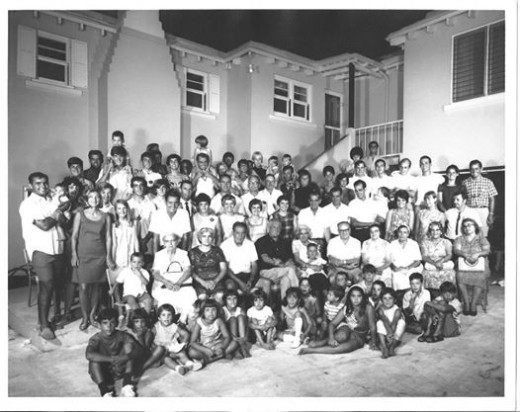
Compiling a Family Group History
Before you enter the information you’ll discover on an actual family tree type chart, you’ll have to confirm it and authenticate it. Charting your family history in “tree” form is actually one of the final steps of a genealogical search. Storing the information you gather is known as compiling a Family Group History. This is a file that you’ll create to store information as you collect it, a system of indexing. I’ll use that term frequently as a referral during the course of this booklet so familiarize yourself with its meaning.
A loose leaf binder is an excellent way to house your family group history, as it affords the genealogist both secure and orderly storage as well as a means of quick reference. You’ll record everything in this binder; living testimony, copies of birth, death and marriage certificates, photographs and information on each relative. Copies of photographs and certificates can be taped or glued to a piece of A4 paper for storage purposes. Pages can easily be added to each section as it grows, and it’s portable, so you can take it with you wherever and whenever you go to do research. It must be clear from the beginning that these pages will grow as information is discovered and consequently added to your file.
The best method of storing your information is to designate a page to each relative. This way each ancestor has his or her section, and everything relating to that person is together in one place. In order to index your family history so that it’s easily understandable for yourself and others, there is a system of numbering that allows for quick identification of ancestral relationships at a glance. This is called the Ahnentafel method. The Ahnentafel system designates each ancestor a number, and I recommend using it as the basis for your filing system. It’s easy to use, and once mastered will save you lots of time and energy, which you’ll greatly appreciate as you delve deeper into your genealogical search.
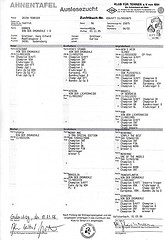
The Ahnentafel System
The Ahnentafel method was developed by an Austrian genealogist to enable efficiency of recording ancestor information, and recognizing relationships between ancestors. The term or word Ahnentafel literally translated means ancestor table and though it sounds like it could be complicated, it really is amazingly simple. Using the Ahnentafel method to index your family ancestor history will make it much easier to enter the information into your family tree chart once you’ve arrived at that point. The following is an explanation of how it works.
Every person in the Ahnentafel system has a number that denotes a relationship between parents and children. The first person in an ancestral pedigree is designated number 1. If you are compiling your own family tree, you would index yourself as number one. Subsequently the father of each person is double that person’s number, their mother is their number doubled plus one. Therefore your father would be number 2, your mother number three. Written out in index form, a three generational index would look like this:
-
Self
-
Self’s Father
-
Self’s Mother
-
Self’s Father’s Father (Paternal Grandfather)
-
Self’s Father’s Mother (Paternal Grandmother)
-
Self’s Mother’s Father (Maternal Grandfather)
-
Self’s Mother’s Mother (Maternal Grandmother)
It must be clear that these numbers will not be page numbers, but rather a section number. You can number the pages for each relative individually. You can also create a sub-index for each relative or section if you like. As an example, my father would be number one on my main index. Within my binder would be a divider with my father’s name on it. The first page within would be a sub index listing what information is contained on what page. My father’s vital statistics – his birth, death and marriage dates, occupation, associations and memberships, even height weight and colour of eyes (optional) – would be listed on the first page and subsequently indexed etc.
Information is easy to retrieve this way. If you need information on a particular relative, you simply consult the main index. Say you need the birth certificate of your maternal grandmother, you simply turn to section 7, consult the sub-index within – ah yes, it’s on page 3 of your grandmother’s file. This system makes it possible for several people to participate in your family search and also for someone to continue at some point in the future. Once you have your Family Group History file ready to receive the information you will gather, it’s time to go and get it!
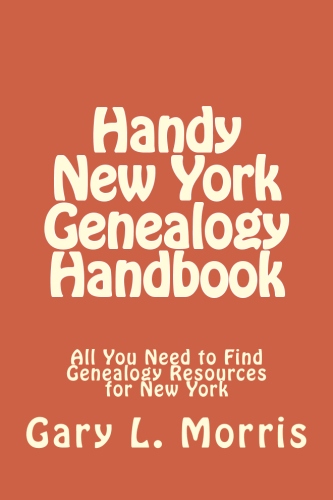
Looking for Irish Ancestors in America?
Millions of Irish migrated to the United States during the Great Famine. The majority of those arrived at Ellis Island in New York. Your ancestor may have established roots in New York and there may be existing records of them in New York archives. The Handy New York Genealogy Handbookcan show you exactly what kinds of records there may be, and where you can find them. It
contains Internet Links, Physical Addresses, Email Addresses, Telephone Numbers, and Lists the Record Holdings of Every Important Archive and Organization in New York. In short, it contains everything you'll need to find New York Genealogy Records. What's more, ALL OF THE RESOURCES LISTED ARE FREE! Additionally, it's easy to transport and you can take it with you when visiting archives, libraries, or any other place where you're conducting genealogy research.
How to Number an Ahnentafel
Summary
Laying a strong, well-organized foundation for your genealogy research is critical to a successful family tree project. My next article entitled Major Sources of Irish Genealogical Information - Beginning the Harvest will show you the best genealogical records with which to begin your research. Some of those records will be:
- Birth and Death Records
- Marriage and Divorce Records
- Census Records
- Church Records
- School Records and more...


